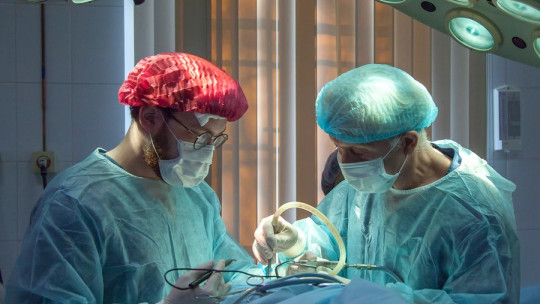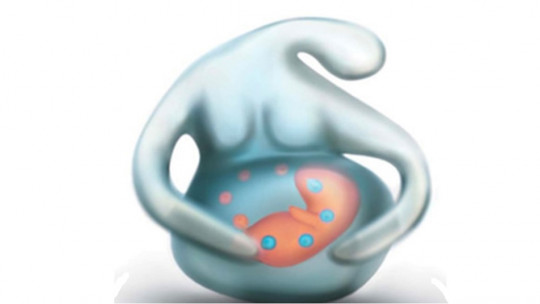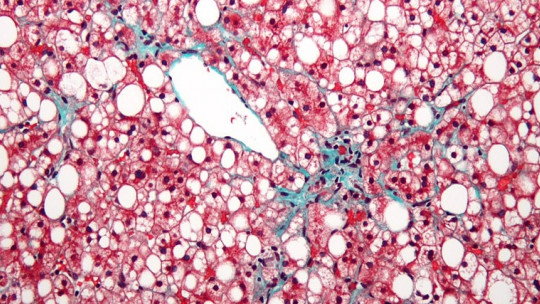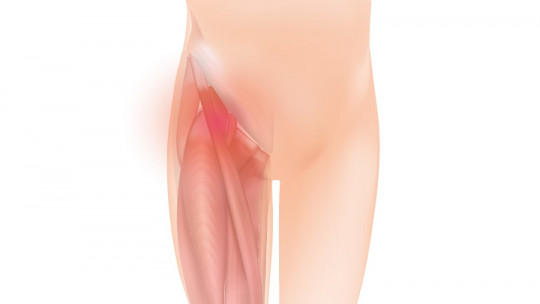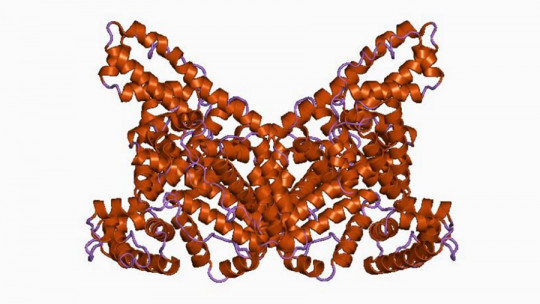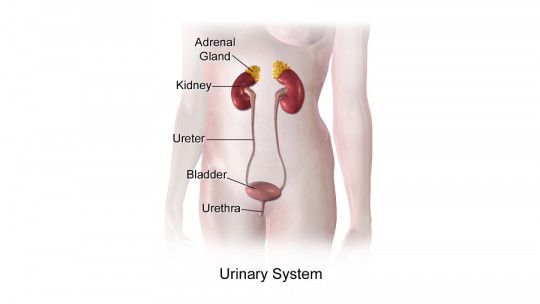The Navarra University Clinic (CUN) defines a transplant as the implantation of an organ or tissue from one living being to another or, failing that, from one place to another of the same organism There are many clinical events that may require a transplant to be addressed, but the most common of all of them is irreparable organ failure. When the kidneys or liver stop working, it is time to get on a transplant list.
In 2007, some 275,000 Europeans were living with a transplanted organ or tissue. With a higher average life expectancy, more chronic pathologies appear in the population, and this is reflected numerically: in countries like France, the need for transplants increased by 45% from 2000 to 2007, for example.
In any case, organ transplantation also has its macabre side, beyond the life expectancy reported. Today, 107,000 Americans are on the waiting list to receive an organ, a new patient is added every 10 minutes, and about 20 people die every 24 hours from not receiving adequate treatment.
A transplant gives the patient a new chance at life, but the lack of viable organs causes thousands of unintentional deaths. In the US, in 2015 almost 5,000 people died waiting for a kidney transplant. With this data in hand, we tell you everything you need to know about the most used types of transplants
What are the types of transplants?
This issue can be addressed in many ways, since it is possible to group the types of transplant according to the location of the implant, the relationship of the patient with the donor or the methodology used, among other criteria.
1. Autologous transplants
To begin, we will say that An autologous transplant is one that is performed within the same organism, that is, the recipient and donor are the same individual
An example of an autologous transplant is the collection of stem cells from a neoplastic patient before chemotherapy. So that these are not damaged during the procedure, they are extracted from the individual’s bone marrow and, after chemo, they are reintroduced into the individual’s body. The great advantage of autotransplants is that there is no possibility of the patient rejecting them, since they are interacting with their own tissue.
2. Isotransplants
On the other hand, Isotransplants are those that occur between different individuals but practically identical at the genetic level , as is the case of monozygotic twins. There is almost no risk of rejection.
3. Xenotransplants
Another variant is xenotransplants, where the donor and recipient are of different species For example, aortic valve repair and replacement in humans can be done with transplants made from porcine or bovine tissue.
4. Allogeneic transplants
Fourth and last, we have allogeneic transplants or typical transplants , known throughout the world. In this case, donor and recipient are of the same species, but with different genomes.
The most common allogeneic transplants
Below, we present the most common types of allogeneic transplants in today’s society.
1. Kidney transplant
Kidney transplants are the most common and necessary in today’s society In the United States, about 3,000 patients are added to waiting lists every month, and in countries like Spain, more than 2,500 procedures of this nature are performed each year, far above the rest of the organs.
The kidneys are essential for the functioning of the body, as they allow us to filter toxins from the blood and promote the maintenance of homeostatic balance, by regulating circulating electrolytes. When the kidney fails severely, dialysis can be used, but a transplant is the definitive option.
kidney transplant It has a success rate of 90%, even more so if the donor is related to the recipient at a genetic level Unfortunately, the biggest problem is the shortage of these organs in public health organizations. It is not surprising, since the prevalence of chronic kidney disease has grown by 30% in the last 10 years.
2. Liver transplant
In Spain, second place is occupied by liver transplantation, with some 1,034 procedures annually. The liver is the largest internal organ and performs several functions critical to our well-being , which include processing nutrients, medications and hormones, producing bile (which secretes bilirubin and helps digest food), making proteins, removing bacteria and toxins from the blood, and much more. Literally, it is impossible to live without a liver.
Liver transplant **is used for critically ill patients with hepatitis B and C, alcoholic cirrhosis, non-alcoholic fatty liver disease and many other **pathologies. Survival rates 5 years after the procedure are estimated at 80% in adults and 90% in children, respectively.
3. Lung transplant
To compare with the rest of the figures, some 336 lung transplants are performed annually in Spain. This number is much lower than in other procedures, as it is only carried out when absolutely all possible treatments have failed and the patient’s life is in serious danger.
Unfortunately, survival rates are not as encouraging as in other cases: 79% survive one year after the transplant, 64% after 3 years and only 30% after 10 years after the operation Acute rejection is almost a universal problem in the first year, while bronchiolitis obliterans limits long-term survival. For all these reasons, lung transplant is never an ideal situation.
4. Heart transplant
In Spain, about 278 heart transplants are performed per year. This procedure can be used to address severe organ damage after a heart attack, to address failure when medications no longer work, to treat serious heart abnormalities that prevent proper blood pumping and for abnormal palpitations As harsh as it may sound, these types of procedures are almost not conceived for people over 70 years of age, as younger patients have priority.
Survival rates 20 years after transplant are 20-25% The heart is an extremely complex organ and, therefore, it is common for failures to arise such as rejection by the recipient, problems with the arteries, conditions in the primary graft and proclivity to suffer certain infections. For all these reasons, the patient’s prognosis is not very positive in the long term.
5. Pancreas transplant
In Spain, less than 100 pancreas transplants are performed per year. Finland has the highest European rate, with 7 procedures per million inhabitants per year, but this is still a very low figure. It is used for some types of diabetes that are uncontrollable with conventional treatments, frequent reactions to insulin, severe kidney damage and other pathologies In many cases, pancreas and kidney transplants are performed simultaneously.
This situation is very curious, since it is estimated that 85% and 75% of patients survive pancreas transplant after 1 and 5 years, respectively. These data reaffirm that all patients with type 1 diabetes mellitus of potentially lethal manifestation should be candidates for a pancreas transplant, but this is not the case.
This underuse of the technique is attributed to the lack of knowledge on the part of general practitioners and, in many cases, to the high rate of disposal of the organs when they arrive at the centers, due to their deteriorated macroscopic appearance (50%). .
Summary
As you can see, the journey of a patient requiring a transplant is not easy. We have told you what happens to those who manage to be recipients of an organ (the “luckiest” ones) and yet, their survival rates drop drastically over the years. Many transplants are “expired,” as they last 10 to 20 years and, after that, all that remains is to hope that the patient does not die.
This is the most hopeful scenario, since that of many thousands of other people is, directly, dying while waiting. We rely on data to make this painful statement, and that is that 35% of people on the world’s transplant lists die due to lack of resources. Maybe it’s time to consider becoming a donor, don’t you think?

